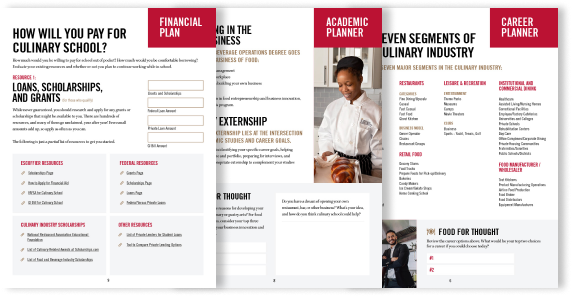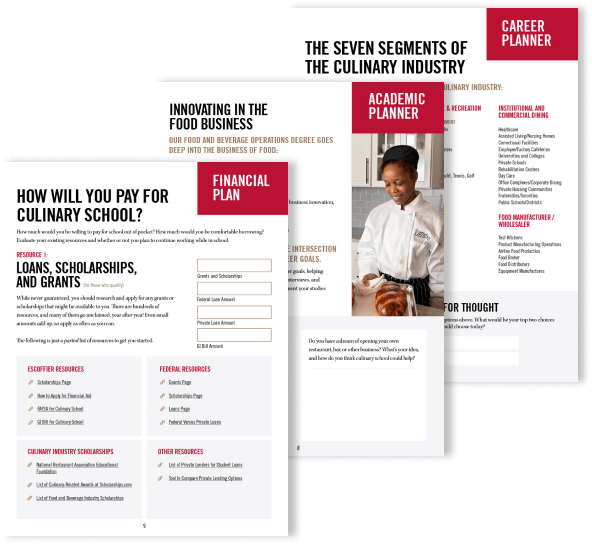Breakfast Is On: Tips To Making Perfect Pancakes

When it comes to breakfast, people have a bevy of options. But whereas others swear by bacon and eggs, a hearty bowl of cereal, French toast or porridge, many others feel breakfast begins and ends with the pancake. It’s hard to argue with these devotees: The pancake is a well-balanced mix of subtle sweetness and rich, savory flavoring, like a perfectly wonderful cake that’s appropriate for breakfast. So, whether you’re a pancake fanatic, or just looking to expand your breakfast repertoire, here are a few tips for getting the most sensational stacks possible:
Never pre-mix
As a time-saving measure, some folks will mix their pancake batter the night before. The only problem with that is most of the ingredients – flour, sugar, salt and baking powder – began combining almost immediately. As a result, letting the mixture sit for several hours will actually result in sub-par batter. Instead, mix the batter and get it on the griddle right away – though a few minutes of lag time is obviously acceptable – which results in more light and fluffy pancakes overall.
Flour is your friend
There is perhaps nothing worse when you’re preparing breakfast than having to contend with thin pancake batter. If your batter is far too watery or soup-like, it’ll never congeal enough to get worthwhile pancakes. To fix runny batter, just use a sifter to add in flour by the teaspoon. While flour will help thicken the batter, adding too much will result in something akin to elastic dough, which does not make for especially great pancakes.
Avoid over-mixing
There are different rules for the consistency of most recipes. While something like cake batter should always be nice and smooth, you want some lumps in your final pancake blend. If you over mix your recipe, you’ll end up with rough, tasteless pancakes. That’s why many chefs will actually beat by hand, so they have a much better idea of the consistency and can then control the entire mixing process more effectively.
Lay and flip
Pouring pancake batter is something of an art form. Some amateur chefs will simply drizzle the batter out directly from the bowl, and while this is a much faster method, it doesn’t lend a lot of control. Instead, you should try to use a spoon, which will give you the ability to help layer the batter more evenly and result in much thicker pancakes. As for flipping, wait until the batter has begun to bubble, as this usually indicates the opposing side has been perfectly browned. Never flip more than once, though, or you’ll wind up with rough pancakes.
Turn up the heat
Many chefs find that they have to spend more time then they expected actually grilling the pancakes. Often, that’s because the griddle itself hasn’t been properly heated. Always make sure that you give the griddle ample time to heat up, at least two to three minutes before you actually add the oil or butter. And though totally optional, using a non-stick spray on the griddle can prevent any unfortunate instances of sticking.
Online Culinary School Planner & Checklist
Online Culinary School Planner & Checklist
Find out what a culinary education can do for you.

What might a career in the culinary or pastry arts look like for you? Online culinary school is a fast, affordable way to launch a career in the culinary or pastry arts. Get the workbook to see how it could help you.







Recent Comments